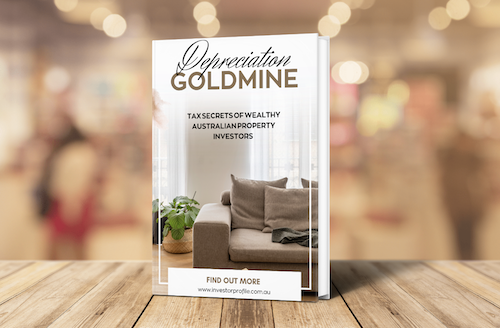How Much Can David and His Wife Borrow? A 2025 Mortgage Analysis
David and his wife, both property owners based in Perth, are exploring their borrowing capacity under current lender rules. Balancing diverse income streams, existing debts and home equity, this case study breaks down the factors influencing how much they could borrow in 2025.
Step 1: Financial Overview
Annual and Monthly Income
- David (Uber driver): $55,000 gross
- Spouse (disability carer): $120,000 gross
- Total combined gross: $175,000
- Net monthly income: approx. $9,922
Monthly Outgoings
- Owner-occupied mortgage: $6,300
- Car finance: $1,560
- Credit card minimums: $900
- Living costs estimate: $3,500
- Total expenses: $12,260/month
Assets & Liabilities
- Owner-occupied home valued at $1.5 M (loan balance $290K)
- Investment property valued at $670K (loan balance $640K)
- Savings: $70K
- Superannuation: $130K (not counted)
- Total debt: $1.035 M
- Combined equity: $1.24 M
Step 2: Serviceability & Borrowing Capacity
Lenders focus on your Net Income Surplus (income minus expenses). Under current figures, David and his wife show a monthly shortfall of $2,338, meaning they cannot borrow more without adjustments.
If their investment property yields rental cashflow (approximately $2,010 net per month after buffers), the deficit narrows to $328.
By using $30,000 of their savings to clear credit card debt, their outgoings drop and they achieve a monthly surplus of $572. At a 9% assessment rate, this supports roughly $80,000 in additional borrowing.
Final Estimate & Key Takeaways
- Additional borrowing potential: ~$80,000 (after debt reduction)
- Main hurdle: Serviceability, not equity
- High debt-to-income ratio limits capacity
Recommendations
- Eliminate high-interest credit card balances
- Increase income (e.g. consulting or side gigs)
- Provide actual rental statements to the lender
- Consider refinancing to reduce monthly repayments
By actively managing liabilities and boosting net cashflow, borrowers can significantly improve their borrowing power. For personalised guidance tailored to your situation, visit Talk to our finance experts.

Discover the #1 tax secret wealthy Australian property investors use to grow their portfolios faster — even in a high interest rate environment.
- Learn how to turn wear and tear into wealth
- See real examples of $15,000+ first-year deductions
- Understand how to structure your purchases for maximum after-tax ROI
Download Your Free Wealth Building Guide
This ebook reveals how to legally slash your tax bill while building long-term wealth through property. Learn the strategies savvy investors use to gain an edge — even before settlement.
- Maximise tax deductions and improve cash flow
- Understand Division 40 vs 43 and how to claim both
- Position yourself to reinvest and scale faster


